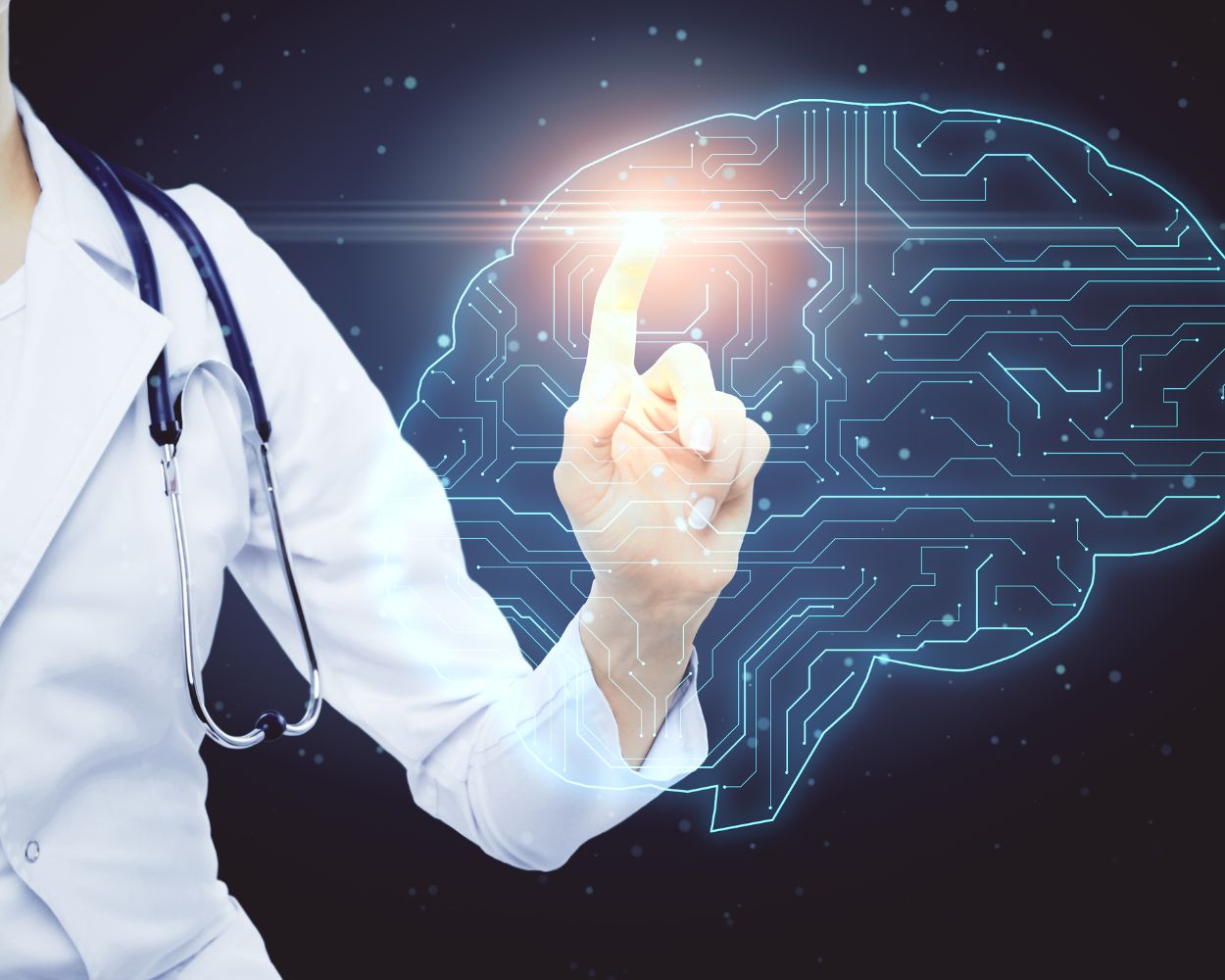Artificial intelligence (AI) is often referred to as the electricity of the 21st century. And with good reason, its advances and implications are as fundamental and ubiquitous as electricity was in the last century. From mobile telephony to solar energy, from neural networks to medical imaging, AI is everywhere. Let’s travel together through the latest advances that are constantly pushing back the frontiers of what’s possible.
Intelligent machines and machine learning: a revolution in the making
Intelligent machines are increasingly present in our daily lives. They learn from the data they collect, and are capable of performing tasks once reserved for human intelligence. Machine learning is the field of AI that makes this possible.
The development of AI systems capable of autonomous learning has expanded rapidly in recent years. New learning techniques, such as deep learning, are regularly exploited to enable machines to better understand and interact with the world around them.
The evolution of machine learning is fueled by two main forces: an inexhaustible source of data and ever more powerful technological advances. These two elements enable us to continually improve learning models and increase the accuracy and reliability of AI systems.
Artificial intelligence and energy: a promising alliance
AI has the potential to revolutionize the energy sector. It can help build more efficient and sustainable systems, particularly in the field of solar energy.
Intelligent solar panels, capable of optimizing their orientation according to the position of the sun, are already in development. AI can also help optimize energy distribution, by forecasting demand in real time and adjusting supply accordingly.
Nuclear fusion, a clean and almost inexhaustible source of energy, is another area where AI is working wonders. Neural networks are used to model and predict the behavior of plasma, a key element in nuclear fusion reactions. Thanks to AI, nuclear fusion, once considered science fiction, is now within reach.
AI in the service of health: medical imaging reinvented
AI is revolutionizing medical imaging. Thanks to increasingly sophisticated algorithms, machines can now analyze medical images and detect anomalies with unprecedented accuracy.
AI systems can be trained to identify signs of disease on X-rays, MRI scans or even retinal images. These AI tools can help healthcare professionals make more accurate and faster diagnoses, improving patients’ chances of survival.
What’s more, AI opens up exciting prospects in medical research. Algorithms can be used to analyze thousands of medical images and discover new indicators of disease, paving the way for new therapies.
AI and man: a collaboration yet to be explored
AI is not just a tool for replacing humans in certain tasks. It also has incredible potential for enhancing human capabilities.
Human-machine collaboration is a burgeoning field that explores how AI can work with, rather than replace, humans. For example, AI systems can help workers make more informed decisions, by providing real-time data analysis.
AI-based collaborative working platforms are also in development. These platforms can help teams coordinate better, manage tasks and share knowledge more effectively.
Other applications include AI in education, where it can help personalize learning, or AI in support of the elderly, where it can help maintain autonomy.
AI is not just a technology, it’s a human adventure that constantly pushes back the boundaries of what’s possible. It is transforming the way we work, treat ourselves, produce energy and even think. More than just a machine, AI is a mirror in which humanity can contemplate itself, learn and evolve.
These are exciting times for AI, and the next few years promise to be rich in discovery and innovation. Let’s stay tuned to these advances, which, although sometimes disconcerting, have the potential to shape our future for the better.





